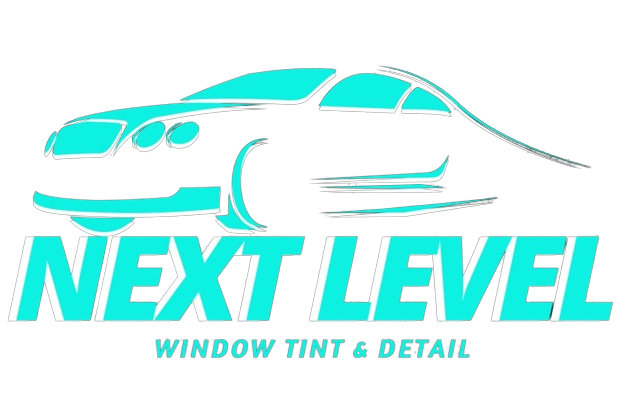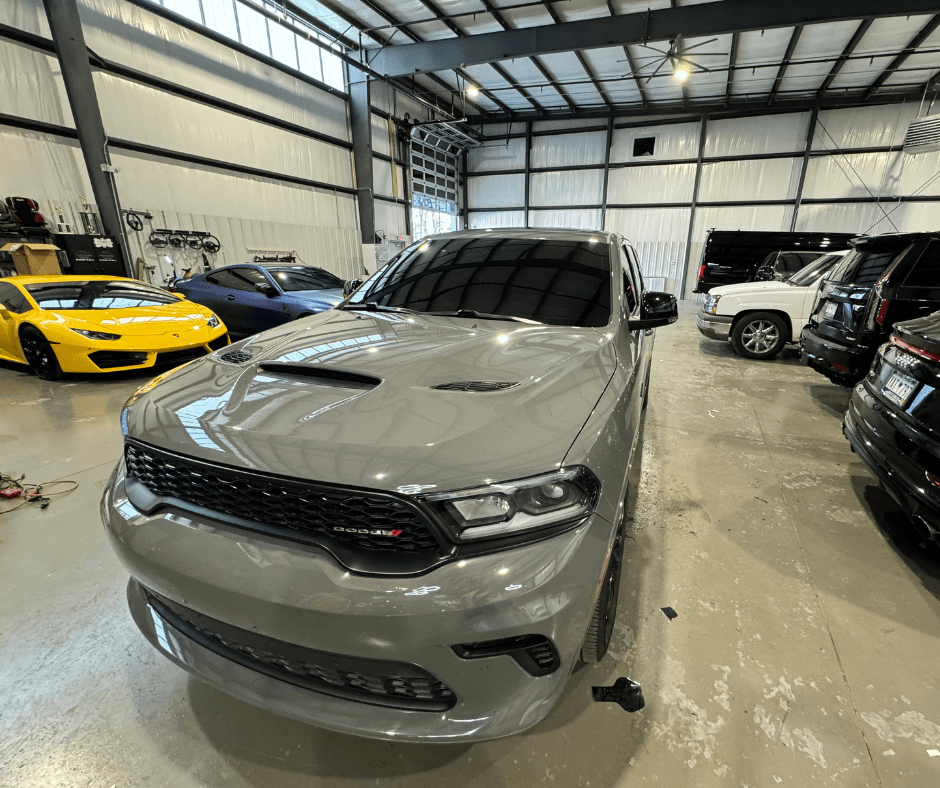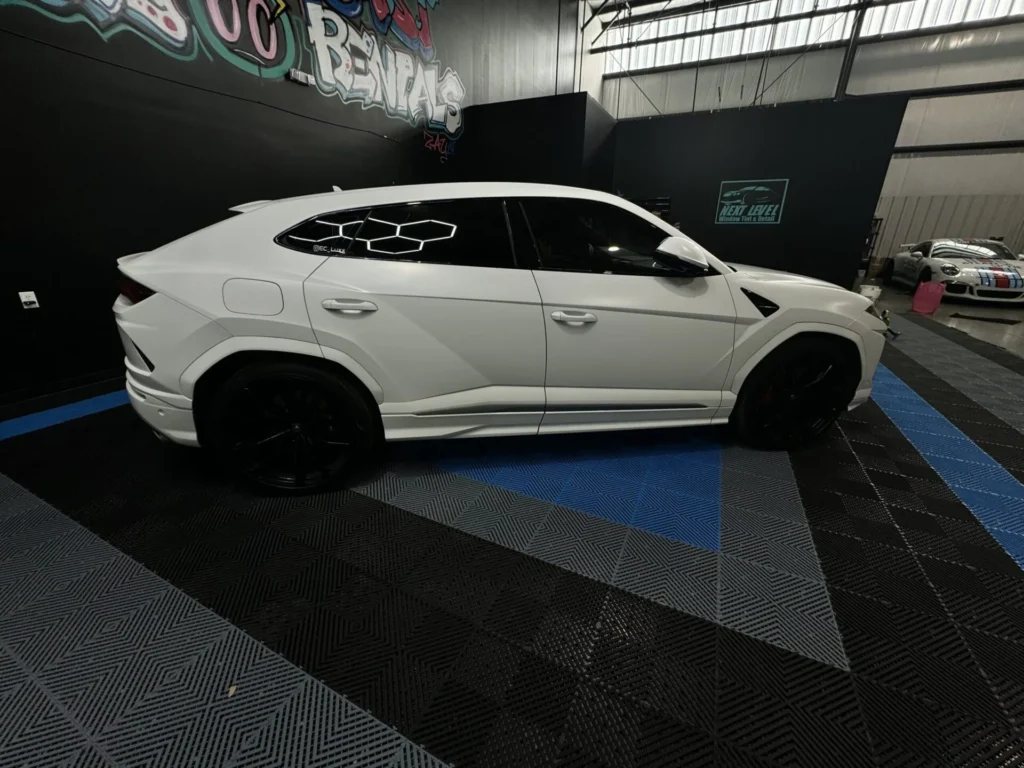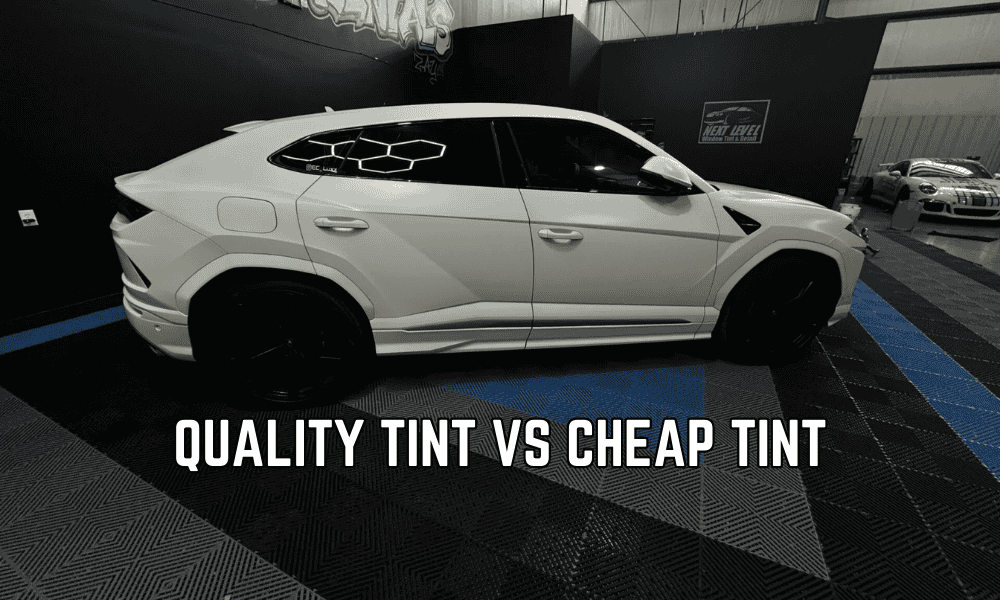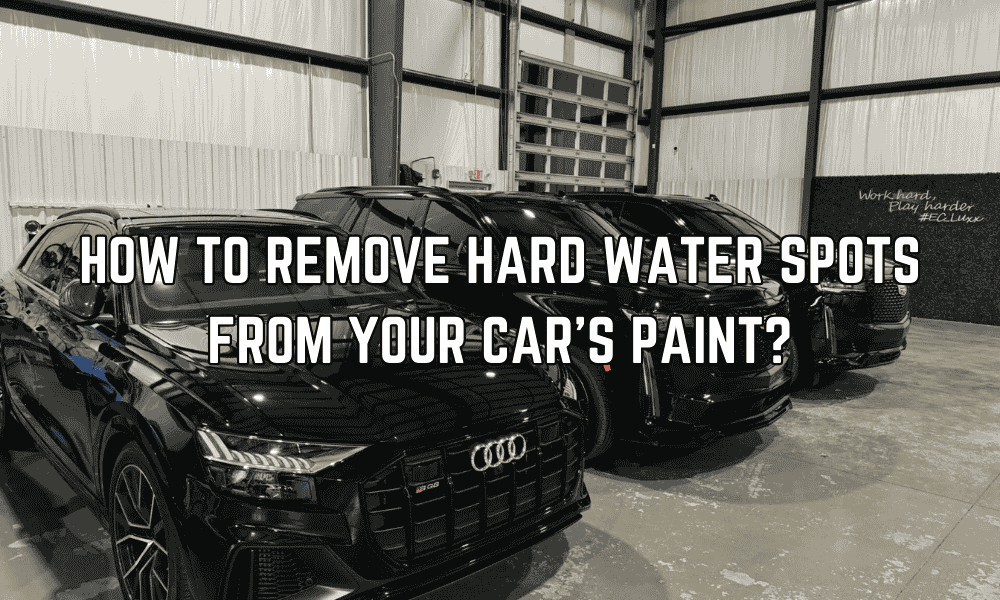Is Automatic Car Wash Safe? The Hidden Dangers You Need to Know
Automatic car washes are a quick and convenient way to clean your vehicle, but are they really safe? While they may seem harmless, many car owners are unaware of the potential risks these facilities pose to their vehicle’s paint, finish, and overall condition. If you’ve ever noticed swirl marks, scratches, or a dull finish after a car wash, you might be experiencing the hidden dangers of automated cleaning. To help you make an informed decision, here’s a breakdown of the risks associated with automatic car washes and what you can do to protect your car. Key Takeaways How Automatic Car Washes Work Automatic car washes typically fall into two categories: Each method has its own risks, which we’ll explore below. The Hidden Dangers of Automatic Car Washes 1. Paint Damage and Swirl Marks Many automatic car washes use large, rotating brushes or cloth strips. While these may seem soft, they can trap dirt and debris from previous vehicles. As a result, your car may be subjected to microscopic scratches known as swirl marks. Over time, these imperfections build up and make the paint look dull and faded. Car Wash Type Potential Risk to Paint Brush-based washes High (Scratches, swirls) Touchless washes Moderate (Chemical wear) Hand wash Low (If done correctly) Professional detail Lowest risk 2. Harsh Chemical Exposure Touchless car washes depend on powerful detergents to break down dirt. Unfortunately, these chemicals can also strip away protective wax coatings and sealants. If used frequently, your car’s clear coat may deteriorate, leading to premature fading and oxidation. 3. Recycled Water Contamination Many automatic car washes recycle water to conserve resources. While this is environmentally friendly, it may not be great for your vehicle. If the filtration system is inadequate, fine particles and contaminants can remain in the water, which can scratch your car’s surface during the wash process. 4. Damage to Exterior Features High-pressure jets used in automatic washes can dislodge or weaken exterior components such as: Additionally, water can seep into sensitive electronic components, leading to malfunctions. 5. Wheel and Tire Risks Some drive-thru car washes use guide rails to align your vehicle. If you’re not careful, your wheels could make contact with these rails, potentially causing curb rash, scrapes, or misalignment. Safer Alternatives to Automatic Car Washes If you want to keep your car in the best possible condition, consider these safer alternatives: 1. Hand Washing with the Two-Bucket Method Washing your car by hand using the two-bucket method (one for clean water, one for rinsing) minimizes the risk of swirl marks and scratches. Use a high-quality microfiber mitt and pH-balanced soap. 2. Professional Car Detailing A professional detailer can safely wash, polish, and protect your car using industry-grade tools and techniques. While this option is more expensive, it ensures the best protection for your vehicle’s paint. 3. Waterless Car Wash Products For light cleaning between washes, a waterless car wash spray with a microfiber towel can help maintain your car’s shine without the risks associated with automated washes. How to Minimize Risk If You Use an Automatic Car Wash If you must use an automatic car wash, follow these tips to reduce potential damage: Conclusion While automatic car washes are convenient, they come with risks that can lead to long-term damage to your vehicle’s paint and exterior. Swirl marks, harsh chemicals, and contaminated brushes are just some of the dangers you might face. If possible, opt for safer alternatives like hand washing, professional detailing, or using waterless car wash solutions. If you must use an automatic car wash, taking precautionary measures—such as choosing a touchless wash and applying protective coatings—can help safeguard your vehicle’s finish. By being informed, you can ensure that your car stays in excellent condition for years to come.
